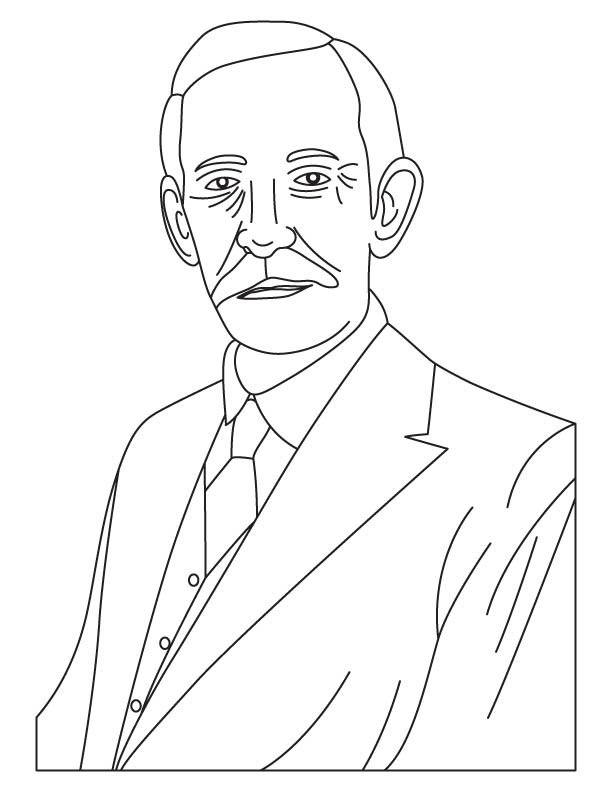Coloring Pages
- Activities Coloring Pages
- Animals and their Homes Coloring Pages
- Animals Coloring Pages
- Astronomy & Space Coloring Pages
- Baby Animals Coloring Pages
- Cartoons Characters Coloring Pages
- Clothing Coloring Pages
- Coloring Pages for Teens
- Commonwealth Games Coloring Pages & Posters
- Connect the Dots Numbers
- Construction Vehicles and Tools Coloring Pages
- Culture and Tradition Coloring Pages
- Domestic/Farm Animals Coloring Pages
- Educational & Preschool Coloring Pages
- Fantasy And Medieval Coloring Pages
- Flags of the Nations Coloring Pages
- Flower Coloring Pages
- Food and Agriculture Coloring Pages
- Health and Fitness Coloring Pages
- Holiday Coloring Pages
- House, Building and Home Coloring Pages
- Jungle Coloring Pages
- Maths Worksheets
- Music Coloring Pages
- Nature Coloring Pages
- Parts of Body Coloring Pages
- People & Professional Coloring Pages
- Religious Coloring Pages
- Road Sign, Safety, Good Manner, Habit Coloring Pages
- Seasons, Calendar, Time & Money Coloring Pages
- Silhouettes
- Sports Coloring Pages
- Stories, Tales and Classics Characters Coloring Pages
- Toys Coloring Pages
- Trophies, Medals and Awards Coloring Pages
- Vehicle Coloring Pages
- World Famous Great Inventions
- World Famous Great Scientist and Inventors
- Writing Practice Worksheets
Frederick Gowland Hopkins coloring pages


Frederick Gowland Hopkins was born on 20 June, 1861, at Eastbourne, England. He was a bright schoolboy in several subjects, and was given a first-class in Chemistry in 1874. Later, as a result of an examination at the College of Preceptors, he was given a prize for Science. At the early age of 17, when he finally left school, he published a paper in The Entomologist on the bombardier beetle. In 1894, when he was 32 years old, he graduated in medicine and taught for four years physiology and toxicology at Guy's Hospital. In 1914, he was elected to the Chair of Biochemistry at Cambridge University. During all this time he had to be content with, at first, one small room in the Department of Physiology, and later with accommodation in the Balfour Laboratory. In 1921, he isolated a substance which he named glutathione, which is, he showed, widely distributed in the cells of plants and animals that are rapidly multiplying. Later he proved it to be the tripeptide of glutamic acid, glycine and cystein. He also discovered xanthine oxidase, a specific enzyme widely distributed in tissues and milk. Hopkins thus returned to the uric acids of his earliest work, a method of determining uric acid in urine, which he first published in 1891. Hopkins died on 16 May, 1947, at the age of 86.




 Print this page
Print this page














































































































































